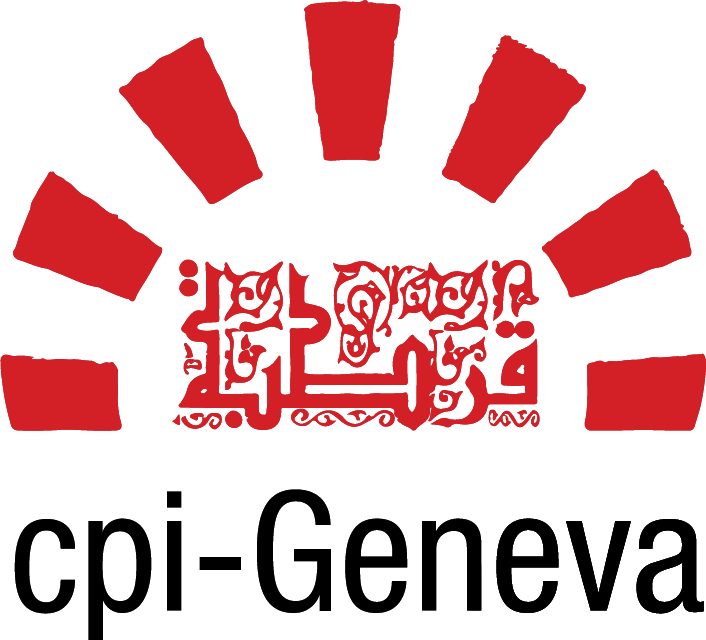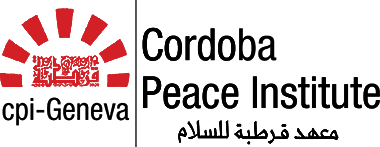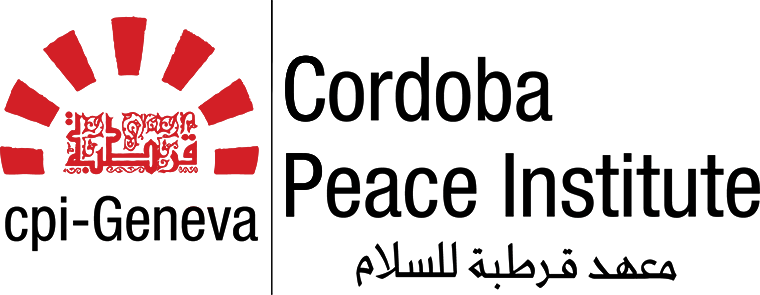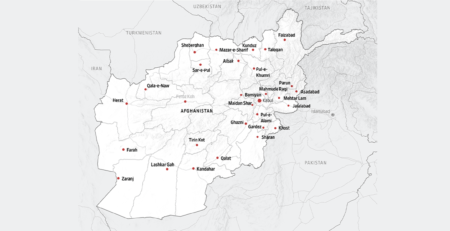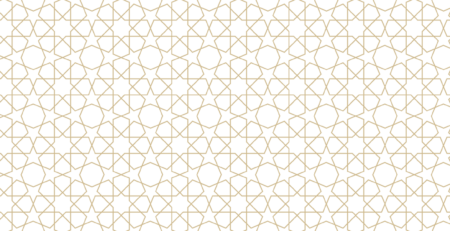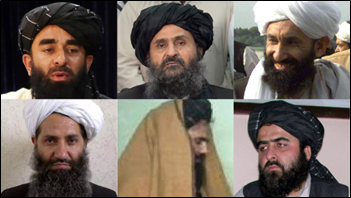OIC: Organization of Islamic C=Conference-Cooperation-Community-?

Pre-Islamic Arabia lived for a long time under various forms of asabiya: chauvinism to the Arab race (arabism), to the tribe (tribalism), or to a clan within the tribe (clanism). This was the source of many long lasting wars. But, in 610, Prophet Muhammad, 40 years old, received the first verses of Al-Quran, challenging the social and political order. Asabiya yielded to brotherhood-sisterhood in a community of values, the Umma, from Umm, mother. Arabs engaged with enthusiasm in this new “matriotism” based on an Islamic religion stating that “there is no difference between an Arab and a non-Arab, or between a White and a Black, except by degree of piety”. Blood, race, ethnic group, colour, gender etc. vanished in favour of oneness of origin, freedom, justice, and above all rahma (true love).
The Umma was guided by the Prophet, and ruled after his death by the Rightly Guided Successors (al-Khulafa, ar-Rashidun). But only 30 years after the death of the Prophet, in 661, the values he taught were violated, and the political order was corrupted, back to asabiya.
Thus began a long decline of Muslim society. Even though there was a formal Khilafa (Caliphate), the Umma was split into countless political‑military fragments based on repression and corruption. Autocracy and cleptocracy became the rule. At the end this would open the doors to various forms of external aggression, and by the 19th century the seeds of “colonisability” – a term coined by Algerian philosopher Malek Bennabi – were there. Colonization became easy. In 1924 the Ottoman Caliphate was dismantled.
After the political independence, the political elites imported the secularist nation-state model and imposed it on their populations. Nation-based asabiya (nationalism) was born; Arabism, Turanism (Turkey) and Persianism being some of its expressions, necessarily leading to minority-based asabiya: Kurdism, Berberism, etc.
Regional organizations emerged in the Umma geographic space from West Africa to the Far East; the oldest one being the League of Arab States founded in 22 March 1945 – seven months before the UN in 24 October 1945 – today with 22 Member States: to “foster economic growth in the region, to resolve disputes between its members, and to coordinate political aims”, but 66 years have brought neither peace nor prosperity to the Arab world. The Arab league was always undermined by the asabiya of its members and their contradictory goals, and by foreign interference and influence. The only operational body is the Council of the Ministers of Interior, which coordinates their repressive policies.
On 25 September 1969 a larger organization was founded by leaders of Muslim states at a conference in Rabat to safeguard the interests of the Umma – a political reaction to the arson inside al-Aqsa Mosque in al-Quds (Jerusalem) by Denis Michael Rohan on 21 August 1969. The Muslim leaders would have preferred Organization of Islamic Countries (OIC), but countries with large non-Muslim minorities objected. They kept OIC with “C” meaning Conference, a reference to the Rabat Summit.
Almost 42 years after its creation, on 28 June 2011, during the 38th session of the Council of Foreign Ministers of OIC held at Astana, Kazakhstan, the Member States agreed to change the name to the Organization for Islamic Cooperation. OIC is always there, but “C” now standing for Cooperation, not for Conference.
According to an OIC press release, “the new resolution reflects a qualitative shift in the performance of the Organization and enormous enhancement of its effectiveness as an international organization active in diverse areas of politics, economy, culture and society.” With its 57 Member States spread over four continents, the OIC is the IGO No. 2, after the UN. It should and will have a say and an active role in a globalized world increasingly structured around regional entities.
With greater freedom and prosperity, its 1.6 billion constituency will push towards more economic and even political integration. In spite of opposition by imperialist and neo-colonial powers, this will lead to an Organization of the Islamic Community: a 21st century Umma-Khilafa model. The Islamic Community will not be a chauvinist entity built on the antagonism with others, but rather an open space based on “C-inside, C-outside”, Consolidation of Muslim unity, and Cooperation with others for peace and prosperity for all Humanity.
Could an Organization of the Islamic Community institutionalize a vision of a peaceful Islam, the dar-al-Islam, opposed to the rest, the dar-al-harb, the realm of war? The European Community-Union is also built on the vision of a Europe with inter-state wars not only ruled out, but “unthinkable”. But this argument leaves out the third realm: the dar-al-ahd of treaties, pacts, for instance between a future OIC and the EU, in a regionalizing, potentially more mature world. And important preparatory work has been done in EU-OIC dialogues.
The new OIC of cooperation will pose a major challenge to the UN. Of the five present Security Council veto powers, four are Christian (one Evangelical, one Anglican, one Catholic-Secular, one Orthodox), and one Taoist-Confucian-Buddhist. OIC outsizes them all, even China.
This is not only totally unfair, taking into account that the borders fragmenting the Islamic Community were mainly drawn by those Western powers, but also makes UNSC resolutions against Muslim countries illegitimate. Muslim veto power could have saved many human lives, and the USA-West against unwise policies, and opened for a more balanced UN and more regional action. An updated Security Council would accommodate the OIC; and the EU rather than two of its members. The idea of collectivities of states is enshrined in the Charter for defence, facilitating a transition from the world of 1945 to the world today. But even better would be a “Uniting for Peace” Member States democracy of states, with no sabotage from powers living in the past.
Abbas Aroua & Johan Galtung
18 July 2011

